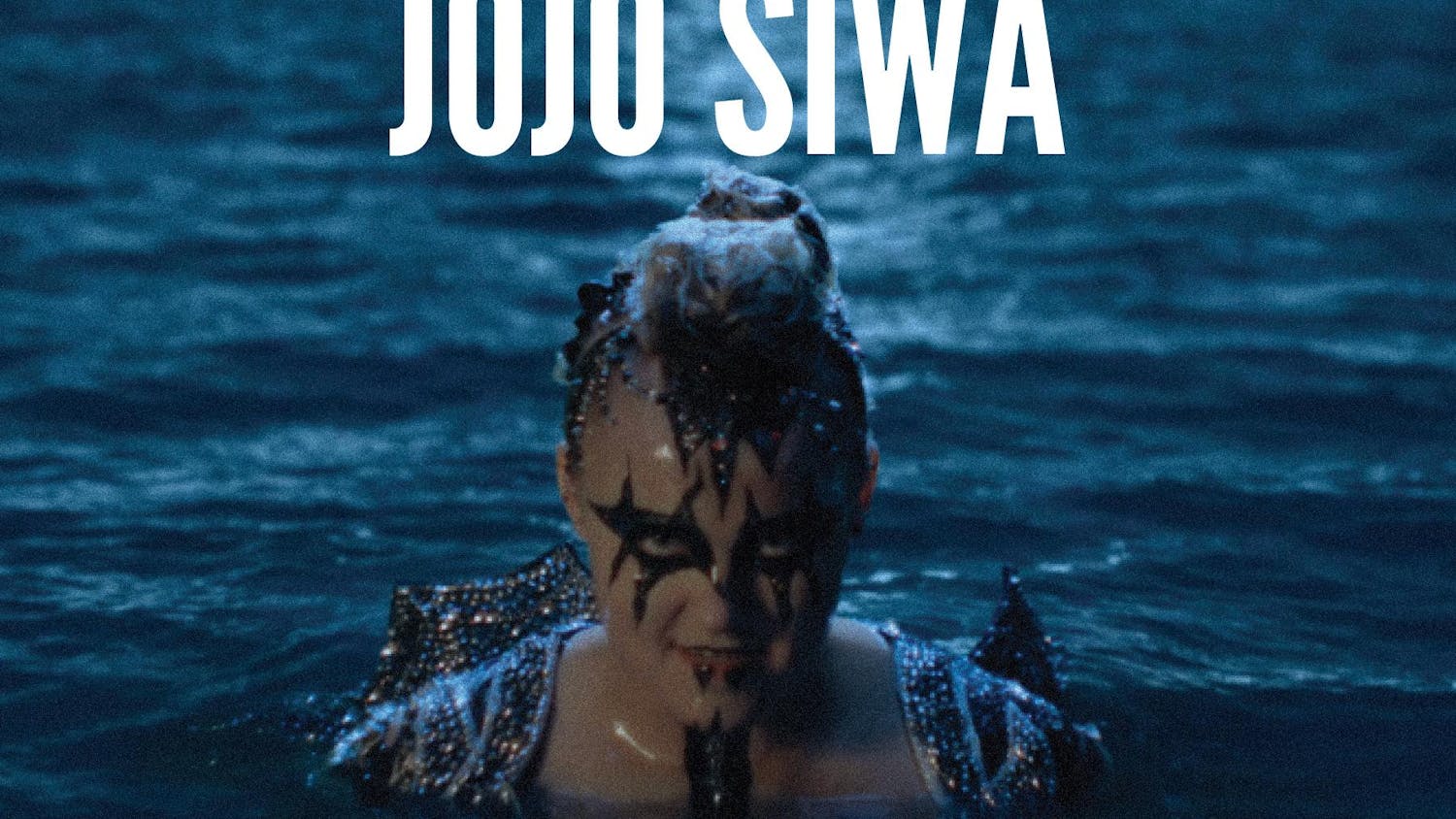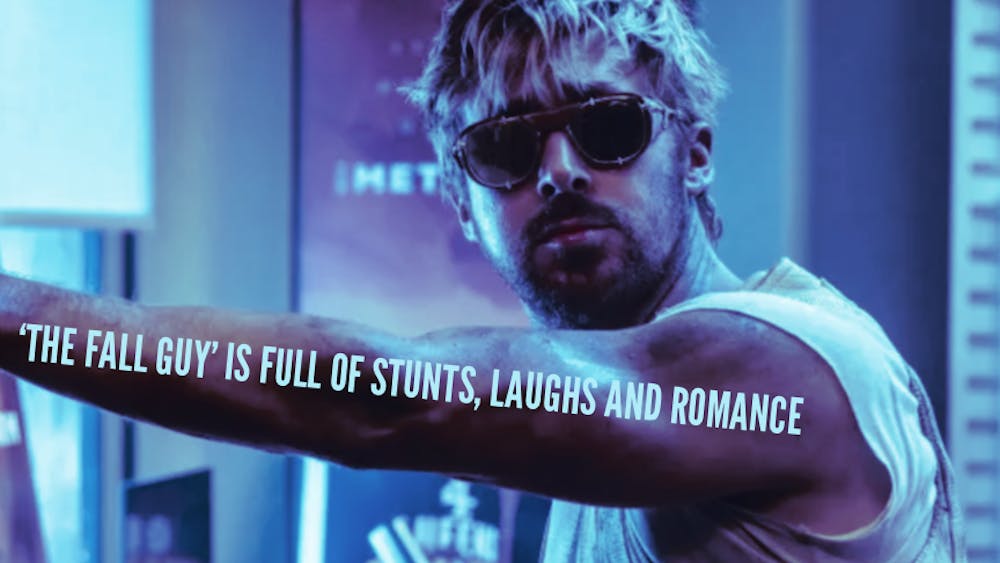
Straddling the line between music and meme, the vaporwave aesthetic has always been regarded as something of a joke. Which is unsurprising, since much of it centers on the haphazard recycling of ’80s music and graphic design tropes — which are tragic in and of themselves — via poor sampling and even poorer Photoshop skills. Not to mention that vaporwave has been labeled the “seapunk” spiritual successor, dooming it to the annals of bottomless Tumblr blogs and Twitter feeds where its parent dwelled, never to be taken seriously by music critics or art connoisseurs.
But the punchline was vaporwave’s sudden death.
The aesthetic boasts obscure origins but peaked in 2011 with the release of Ramona Andra Xavier’s “FLORAL SHOPPE” under her MACINTOSH PLUS pseudonym. In any case, that’s the only vaporwave record that ever poked its head into the mainstream — and the genre was declared “dead” just about as soon as it did.
To the extent that vaporwave is one big “inside” joke, it would seem fitting that a subculture that prides itself on its own obliqueness and obscurity would call it quits at that point, dodging the identity paradox of genres like pop punk. But that was the trick all along: As the consensus became that vaporwave had died, its creators were able to continue gleefully developing the genre in independence, with the notice only of its truest diehards. In point of fact: Many — if not most — of the genre’s seminal records have been produced since 2012.
As a vaporwave diehard — an honest follower of its thought-provoking, anti-capitalist Dadaism — I knew that vaporwave had never died. Nonetheless, it’s been undergoing a curious revival this year, one that would finally posit the aesthetic as “serious” music.
First: the comebacks. Well, none of vaporwave’s seminal artists ever truly disappeared, but the quality and ambition of their releases had started to fizzle out. As of this year — this summer, really — that’s no longer a true statement.
Nmesh, who released the cult classic “Dream Sequins®” in 2014, dropped “Pharma” in August, re-emerging in the glorious blaze of overdriven, kaleidoscopic beats. In style, it’s miles apart from vaporwave in 2011, but the overall aesthetic and themes are the same (see: “Mall Full of Drugs”).
Then, there’s death’s dynamic shroud.wmv, whose “I’ll Try Living Like This” became an instant hit in 2015 that calcified vaporwave’s legacy. The trio — which includes internet music darling Keith Rankin a.k.a Giant Claw — released its long-anticipated “sequel” record, “Heavy Black Heart,” this summer to positive reviews thus far.
Finally, there’s the largely unknown 骨架的 — arguably vaporwave’s most important precursor. After releasing two prescient records in 2010 — before Xavier’s heyday, mind you — and another four in 2012, the anonymous producer went quietly underground. But earlier this year, he added two new full-length records to his Bandcamp catalogue, quietly and unannounced.
There’s more than just new releases to be excited about, however. While not quite a comeback, future funk luminary マクロスMACROSS 82-99 has resurfaced with physical reissues of the explosively popular “SAILORWAVE” (2013) and “A Million Miles Away” (2014) via Neoncity Records. With these reissues, MACROSS may also be a signaling a new release.
And have I mentioned that — in addition to her release of three surprise records this year alone — Xavier’s landmark “FLORAL SHOPPE” will enjoy a reissue via Olde English Spelling Bee? Get this: The record will be pressed on bubblegum pink vinyl.
Here’s the thing: Vaporwave is internet music by definition, so records are almost always released exclusively as free digital downloads, with the occasional cassette release to emphasize the retro aesthetic. But the idea of a vaporwave record reissued on CD — not to mention vinyl — is not just unheard of; it’s virtually taboo, undermining the subculture’s anti-consumerist roots.
Whether or not they present an existential crisis, however, these physical reissues would indicate that vaporwave has begun to earn some recognition in the avant-garde music community as the genuinely challenging dharma that it is — and for that, I’m glad.
Sure, you might still listen to “FLORAL SHOPPE” and laugh derisively. But if “リサフランク420 / 現代のコンピュー” is just a sketch of slowed-down Diana Ross samples, then was Duchamp’s “Fountain” just a urinal after all? Was Magritte’s “La trahison des images” just a pipe?
The views expressed in this column are those of the author and not necessarily those of The Observer.













